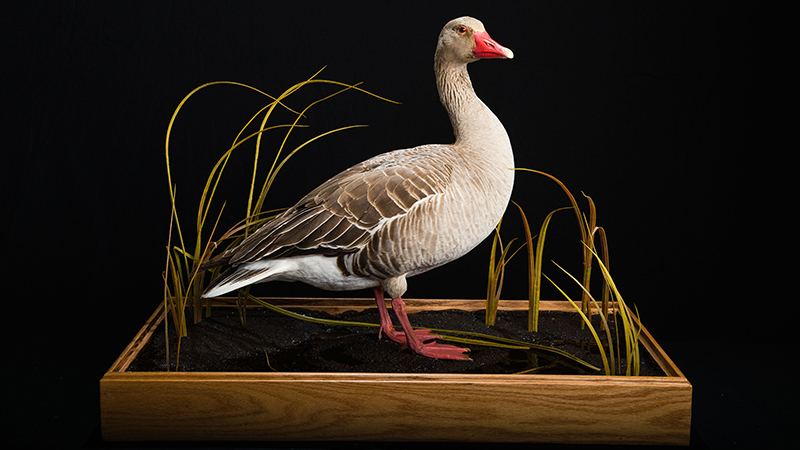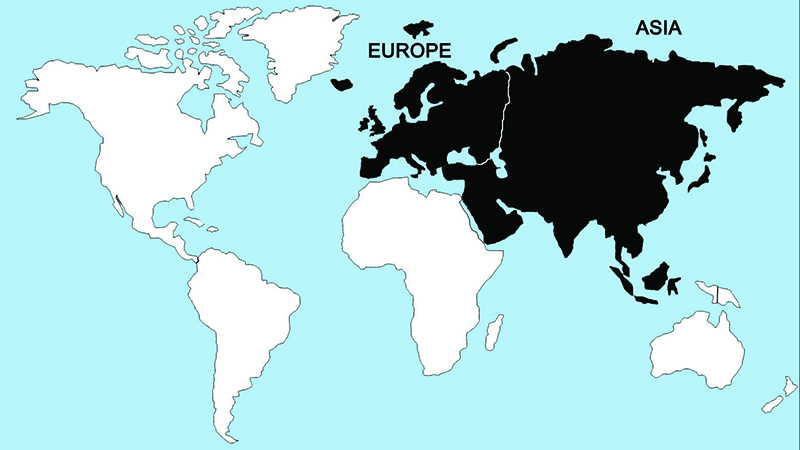Greylag Goose

In the Hebrides, mated pairs begin to occupy nesting islets several weeks before egg laying, which usually occurs in mid-April. In Scotland, egg-laying occurs in late March or early April. There the nests are typically close to water and grazing fields, and in most cases are placed on wooded islands, presumably because of danger from foxes. On favored islands the nests may be greatly concentrated. Nest building is performed by both sexes and usually requires from 3–6 days for completion. Laying is done at the rate of one egg per day, and clutches seem to vary considerably in size, from 2–12 eggs, but averaged between 5 and 6 eggs in each of these two areas. Clutches larger than nine eggs presumably represent the egg laying efforts of two females; broods of up to 12 goslings have been reported.
Incubation by the females begins with the last or the penultimate egg and requires 28–29 days. Males remain by the nest throughout this period, standing sentinel, and undertake the major nest-defense responsibilities. Females leave their nests to defecate, and although they usually sleep on the nest, they may also forage some at night. Predators are apparently all avian rather than mammalian, consisting primarily of gulls and crows, and nesting success is in part related to effectiveness of concealment from overhead. The fledging period is about 8–9 weeks, appreciably longer than that for arctic-nesting geese, and certainly long enough to allow both parents to complete their 35-day flightless periods in the interim.
Regions Birds Are Found

Collection Location & Year
Russia - Siberia 2002
Taxonomy
| Order | Anseriformes |
|---|---|
| Family | Anatidae |
| Tribe | Anserini |
| Species | Anser |
| Genus | anser |
Gender
Male
References
- Johnsgard, P. A. 1978. Ducks, Geese and Swans of the World. Lincoln, NE: Univ. of Nebraska Press.
- Elliot, A., J. del Hoyo, J. Sargatal, and C. Imboden, eds. 1992. Handbook of Birds of the World. Vol. 1 (Ostriches to Ducks). Barcelona, Spain: Lynx Editions.
- Kear, J. 2005. Ducks, Geese and Swans. London, UK: Oxford University Press.